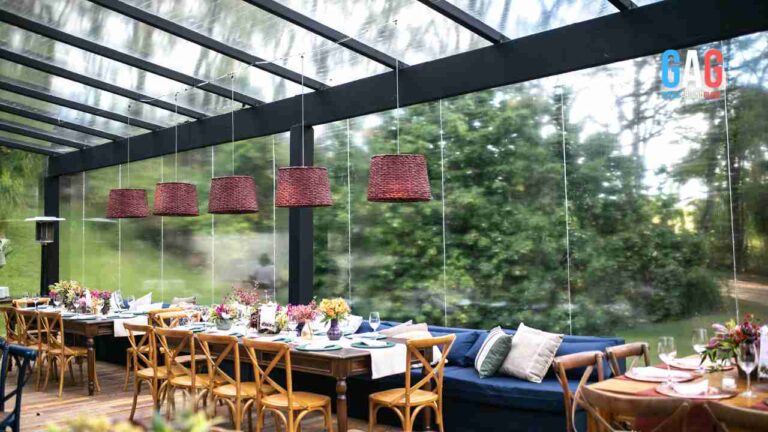We may not always notice it, but the background music we hear when browsing in a store, watching a video on social media, or enjoying our favorite binge-worthy series has a huge impact on our mood. Whether you’re a content creator trying to boost engagement, a business owner seeking higher sales or a boss pondering ways to up productivity, there’s a good chance that the right music will provide the solution.
How Music Affects Purchasing Behavior
Music can have a profound effect on how consumers behave. For example, studies consistently show that when slower-tempo music is played, customers tend to browse for longer; faster-tempo beats typically have people speeding up their shopping process – meaning, potentially, less likelihood of impulse buys.
The type of music played, too, influences purchasing behavior – although this is more likely to vary in terms of personal preferences and the specific type of business. Lounge and jazz music are linked, in general, to higher sales when played in retail outlets, while a 2011 study concluded that, in wine stores, classical music is the best to play in the background to result in boosted sales of more expensive wine.
Musical Spotlights
Content creators should consider how they can incorporate music to highlight important points in their videos or engage their audiences. As well as some well-chosen background music, it’s a good idea to also include some musical highlights at key moments in the content. This could be a passage of cinematic music, a distinctive sound effect, or a noticeable change in tempo.
The music should work symbiotically with the visual elements to create a seamless and memorable viewing experience for your audience. Your audience won’t necessarily notice what’s going on, but they’ll be much more likely to remember your content – and how it made them feel.
Stress Busting
Upbeat music can have a powerful effect on a person’s sense of happiness and even alleviate feelings of stress and anxiety. An audience listening to ‘happy’ music will often experience a surge of optimism and be likelier to perceive the world through a more hopeful lens. Classical music has been found to be most effective at helping to manage negative emotions.
With this in mind, music can be used to promote a feeling of positivity around a story, brand, or idea or to help shift the audience’s emotional state into a happier register. Shifting from minor to major tones in a piece of content can help signal positive change to the audience, suggesting that things are on the up.
Promoting Focus
For those looking for ways to keep their audience focused, it’s not just about the type of music to play but about its tempo. Specifically, consider using music that’s between fifty and eighty beats per minute for optimum results. This range of beats puts the brain into the alpha state, meaning its owner will be better able to focus and concentrate – it also promotes creativity and effective learning, too.
Tracks in this beat range include Mirrors by Justin Timberlake, The Lazy Song by Bruno Mars, Adele’s Chasing Pavements, and Last Goodbye by Jeff Buckley.
Pitch Perfect Productivity
Need to inspire and motivate your audience or amp up productivity levels? Music is the solution. As weird as it may seem, video game music or tracks inspired by gaming aural backgrounds could be just the ticket. This type of music is specifically designed to keep the player motivated as they continue to solve puzzles and challenges, seeking rewards or level-ups. Need some inspiration? The soundtracks from Final Fantasy VII, Halo, and Battlefield One are great places to start.
Impact on Brain Health
Listening to music doesn’t just have a profound impact on our mood. It can actually be beneficial to our brain health, too, according to recent research by AARP. According to the survey, those who listened to music regularly had significantly higher scores for mental well-being than their non-music-loving counterparts. Further, the act of simply listening to music activates diverse neural networks, including a variety of regions responsible for memory – it has been shown to activate motor regions even before we start dancing along!
The Takeaway: Mood Music
There’s no doubt that the type of music you choose for your content, video, or background beats will have a significant impact on the mood of the audience listening to it. Being aware of the power of music enables you to leverage it. The right aural ambiance could help ensure that viewers stick with your video until the end, feel a connection with your product, or experience heightened brand loyalty.







